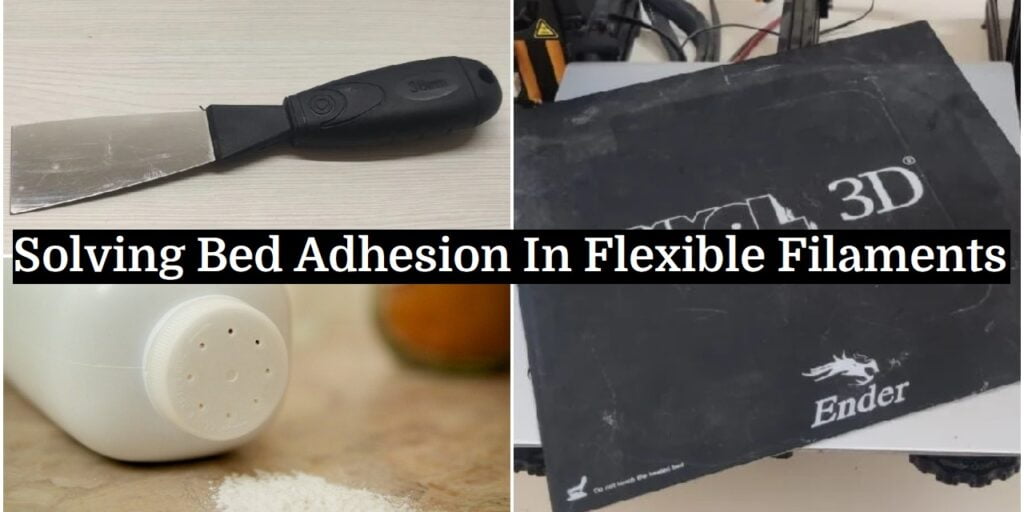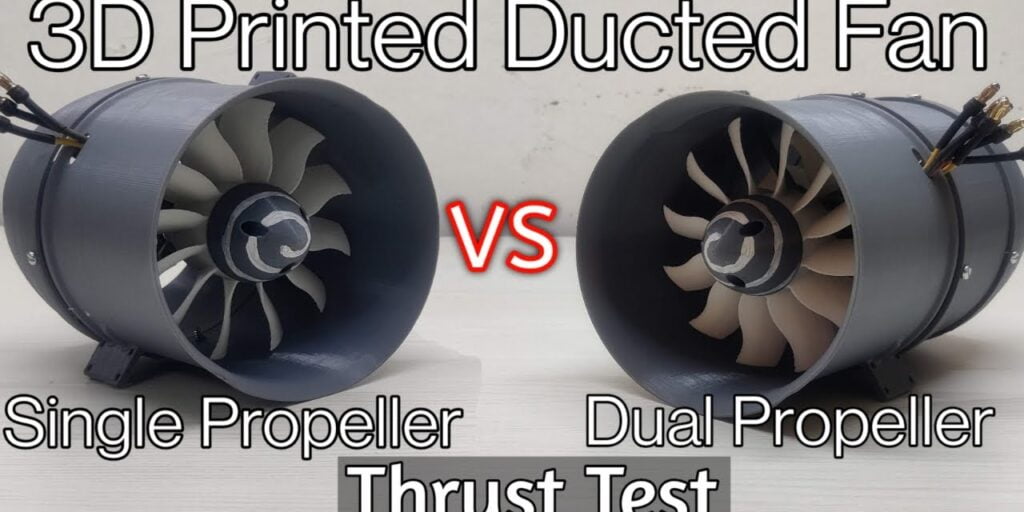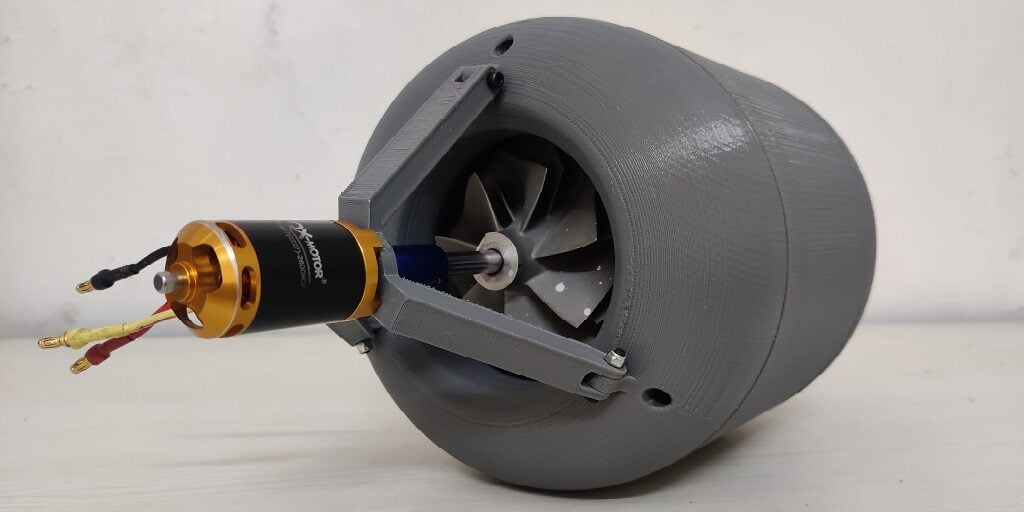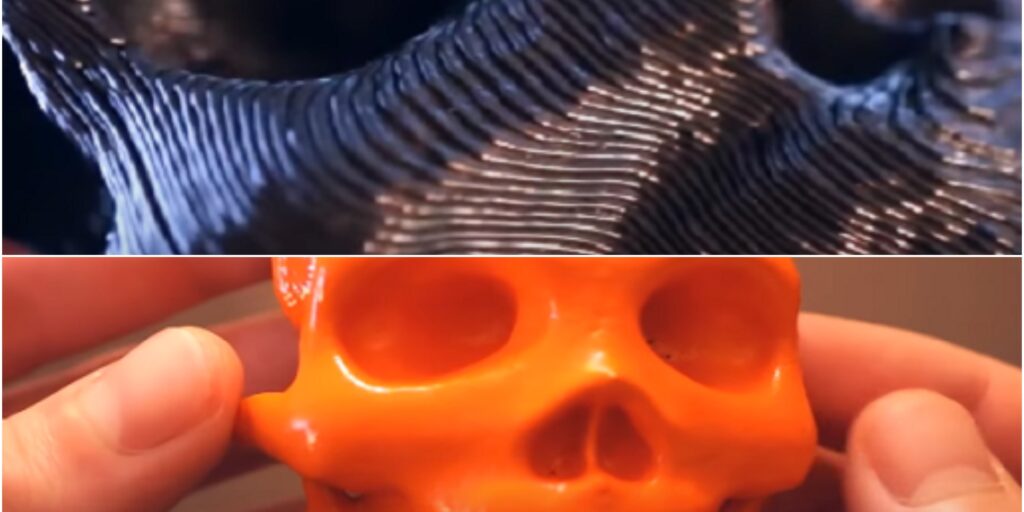Flexible filaments are plastics with rubbery properties like TPE(Thermoplastic elastomers), TPU(Thermoplastic Polyurethane), or TPC(Thermoplastic Copolyester). These are most commonly used for automotive parts, household appliances, or medical devices. The filaments are usually soft and elastic and can thus withstand high loads. These filaments are a great choice for gaskets or bumpers. At times, there occurs a situation while printing, that the 3D prints stick to the plates. This problem is generally termed as flexible filament bed adhesion.
What is the best method to solve the flexible filament bed adhesion problem? The best simple method to solve flexible filament bed adhesion is using Talcum Powder. By using a very thin layer of talcum powder it makes it a little easier to peel off. More detail about the method is in the post and other methods are also included.
There is no single bed type that works best for the adhesion of every type of filament. In this article, we’ll be going over a few different ways to remove a 3D print from the build plate.
In the Post:-
- Flexible Filament Bed Adhesion Direct Solutions
- Other General Solutions
- FAQ
- Conclusion
Flexible Filament Bed Adhesion Direct Solutions
BED ADHESION is actually an ability of 3D printed plastics to “stick” to the build plate while printing. Well, not every time bed adhesion is a problem, it is also necessary to keep printed layers in place, and provide sturdiness to the print. When your 3D prints do not stay in place on the build plate, they get curled, shifted which is potentially disastrous.
But, when bed adhesion is too much it became difficult to remove prints after printing is finished. This is too common with flexible filaments as their adhesive properties are more prevalent than other FDM filaments. To solve this we performed many tests and came up with a few uncommon solutions also added the common solutions to the list also.
Talcum Powder
Yes, talcum powder. Using talcum powder is the simplest, cheapest, and most effective solution for flexible filament bed adhesion problems. When flexible filament models are stuck with the bed generally it is due to the strong adhesion between flexible filament and heat-bed.
To ease the adhesion a little bit a very thin layer of any type of talcum powder can be used. The using procedure is very simple.
- Spread talcum powder over the heat bed with the help of your pinch.
- Now, with the help of tissue paper clean the excess powder nicely. Because, if it is more than required then your prints will not be able to stay in a place.
- Also, don’t use excessive force while using tissue paper.
- Now just print your models as regular.
- While removing you will find it much easier to remove now.
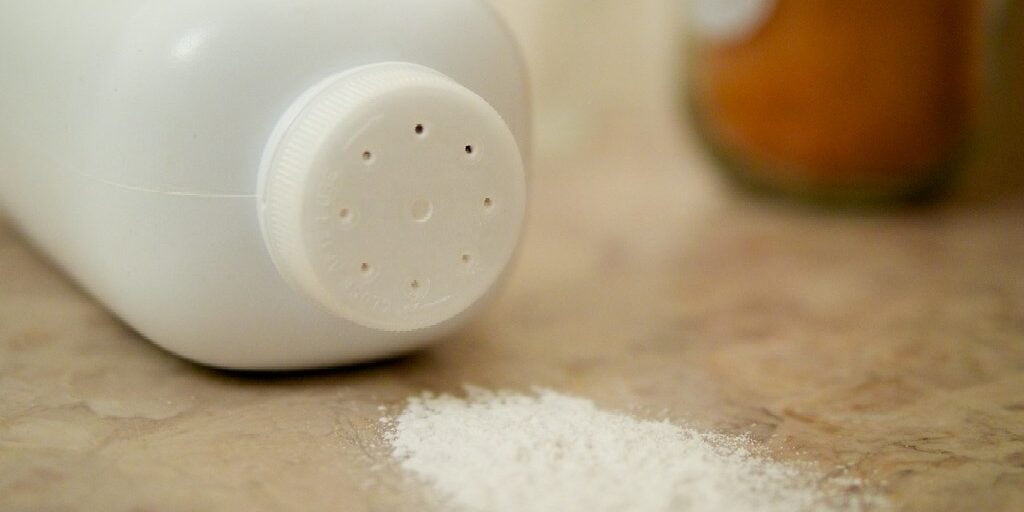
Run It Under Cold Water
All you need to do is put your part under a steady flow of cool or cold water. Or refrigerate it, let it cool down to room temperature. If the build plate is still stuck, remove it and place it in a sink. In case of glue, hairspray, or a similar adhesive, run some lukewarm water on the base of the print.
Other Common Solutions
Apply Brute Force
In this method, all you need is your hands. Push/Pull the print from the surface. It may be a risky process, as you may slam your hand into something.
Use a Flat Blade
You can remove a part using a flat, sharp blade, like a scalpel. One can also use a paint scraper pr a large flathead screwdriver.
The necessary thing to keep in mind is that the SAFETY. To keep from hurting yourself, always push the blade away from you. Be careful, not to scratch the paint surface as this could harden the bed surface and might affect the adhesion of future prints.
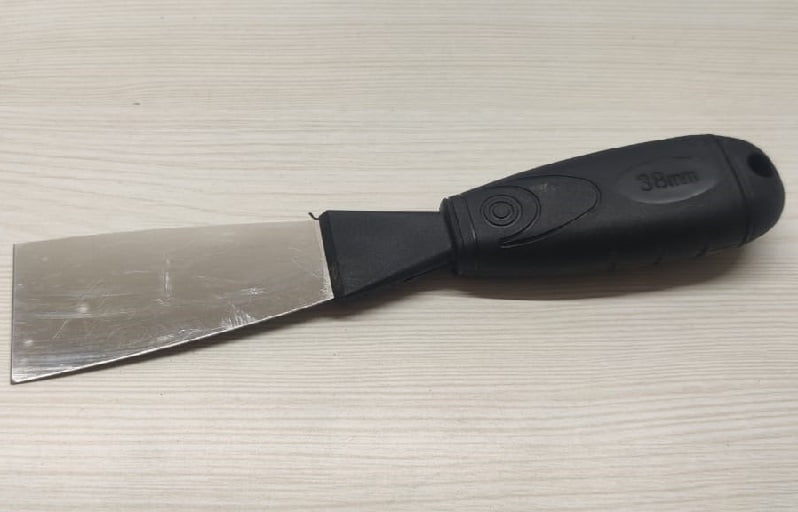
Replace Your Build Platform
Flexible build plates are the surfaces that are meant to bend. It easily flexes or pops off. While choosing a build plate for your printer, make sure the dimensions are correct and it’s compatible with your machine.
A build plate made out of metal is more flexible than a glass build plate. For example, you can get a flexible bed with a textured or smooth surface, allowing you to try out different adhesive finishes to see which one best suits your printer and materials.
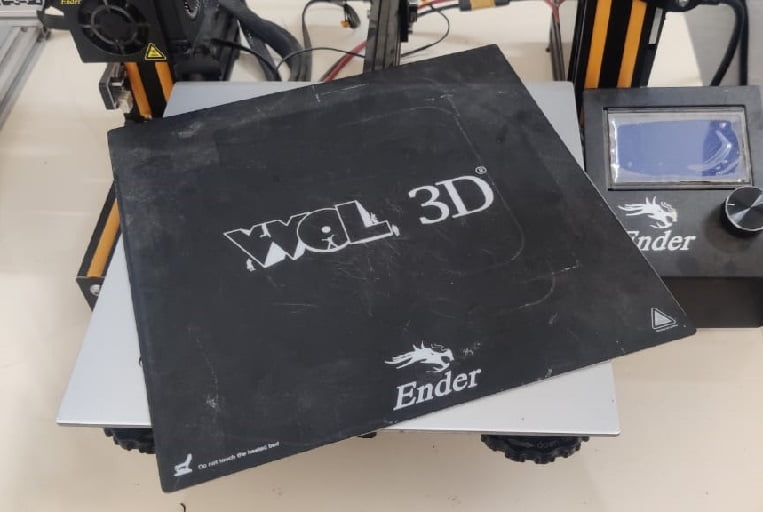
Add to the Build Platform
Add another surface or buffer layer to the build plate to separate the print from the printing surface. It generally uses non-printable buffers like tapes, sheets, or glue between the bottom of your print and the build plate.
Create a Temperature Difference
If the temperature is too high
If the spool of filament is already dry but your temperature is too high you will still see strings between the separate parts of your print, like cobwebs. When this happens you should try to incrementally lower the temperature by 5°C until the nozzle doesn’t leak any material. Sometimes that isn’t treating the underlying problem, which could simply be retraction settings that aren’t quite aggressive enough and need just a small bump to get everything in tune.
If the temperature is too low
A 3D print with an extruder temperature set too low for the material being printed will have layers that don’t bond together very well or at all and can be easily pulled apart. Make sure the filament is dry and try again, but if you know that it’s dry and you are still experiencing problems, raise the temperature of the nozzle in 5°C increments until you achieve strong layer adhesion and can see that the perimeters and infill of the 3D prints aren’t sparse and are well connected to each other.
Floss it OFF
In this method, you will have to move the stuck part of the bed back and forth repeatedly. This will create friction and help to remove your part.
The most widely-used tool for this untraditional method is dental floss. Loop it around the build plate and then, rapidly move it back and forth, pulling towards you. It will eventually give way from the build plate.
Add A Solvent
Apply solvents like IPA(Isopropyl alcohol) and acetone. It will soften the print’s base, making it easier to slip a prying tool under the print to remove it from the bed. Make sure not to use much of it as it may lead to problems like degradation of your build surface.
FAQ’S
XYZprinting’s Thermoplastic Elastomer is a specially formulated filament that has elastic properties that provide flexible and durable prints. It is non-toxic and completely waterproof, making this a safe and resilient filament for all of your innovative projects.
There is a clear correlation between filaments’ flexibility and their processability: the more flexible, the harder to print. This is true in particular with regard to the maximum printing speed reached. Semi-flexible filaments can be printed up to 80-90mm/s, but flexible filaments can only reach 30-65mm/s.
While there are several materials on the market that have flexible properties, the two major types of flexible filament are Thermoplastic Polyurethane (TPU) and Thermoplastic Elastomer (TPE). Both of these are made from thermoplastic elastomers which are derived from a blend of hard plastic and soft rubber.
Conclusion
With the help of the above article, you will be able to 3D print flexible materials with ease or know what you need to do to get your 3D printer up and running.
Feel free to reach out with any specific questions in the comments down below.
Happy Printing !!


